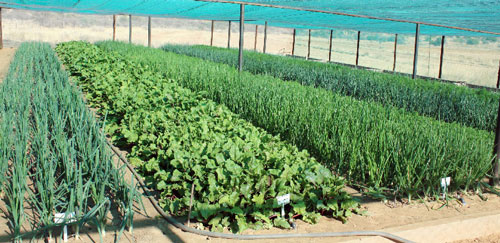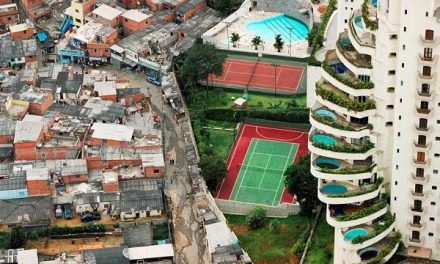
Adoption of an Integrated Farming System is the gateway to Sustainable Agriculture

By Erastus Ngaruka
Technical Officer within Agribank’s Agri Advisory Services Division.
Agricultural production in Namibia is very vulnerable to the threats of climate change amongst others, and this in turn is threatening food security and sustainable livelihoods. This vulnerability can be lessened by adopting appropriate farming systems aimed at achieving sustainable agriculture.
Sustainable agriculture is the continued production of food by using appropriate farming practices that will not compromise the production environment, including human health and animal welfare. The one farming system that will achieve this sustainability is called an Integrated Farming System (IFS).
IFS simply refers to a system of farming with both crops and livestock in combination such that they complement each other in terms of input resource utilization while ensuring diversified sources of income. In contrast to IFS, Monoculture systems only involve a single production component line (e.g. crop only).
Common Integrated Framing Systems include a combination of crops (e.g. cereal, fruits, and vegetables), chicken, cattle, goats and sheep. Therefore, for IFS to function efficiently, the products and by-products from one component are used by the other. This simply means that waste materials from one component are used an inputs into the other components. An Integrated Farming System combines the best of modern tools and technologies with traditional or indigenous practices according to a given site and situation.
In Namibia, IFS in practice can be described as follows: the role of livestock in the system is to supply manure as fertilizer for the crops. Their dung/manure is collected from kraals or cattle is allowed onto the fields to eat crop residues while dropping manure onto the soil.
Livestock trample upon and incorporate litter (e.g. dead leaves) into the soil with their hooves to improve soil organic matter content. In addition, animals also break soil surface layers to facilitate water infiltration. In particular, cattle can also be used for ploughing the crop fields.
On the other hand, crop (e.g. Maize, Mahangu) residues will be used as livestock feed. These can be collected and processed (milled) to improve digestibility. Commonly, farmers allow animals to eat them while standing in the field. The crop or plant materials are also used to cover the soil surface (mulching) to minimize excessive water loss (evaporation) from the soil, and as compost to improve soil humus or organic matter in order to enhance soil fertility.
Poultry (e.g. chicken, ducks) can be used as cleaners in orchards or vegetable gardens, removing rotten fruits, vegetables, pests, and weeds while adding manure/fertilizer to the soil.
An Integrated Farming System is thus not just simply the keeping of animals or growing of crops, but a comprehensive system that includes sustainable resource utilization such as soil and water conservation, which is critical to a healthy farming system.
Compared to the common monoculture practices, IFS is an important tool to minimize farm production costs and associated risks. The advantages of IFS include increased farm production and income with limited inputs, increased household food self-sufficiency and security, recycling of farm by-products, and use of organic materials.
IFS can be a tool to enhance farmers’ resilience and adaptation to climate changes, thus ensuring sustainable production and food security at both household and national levels.










































